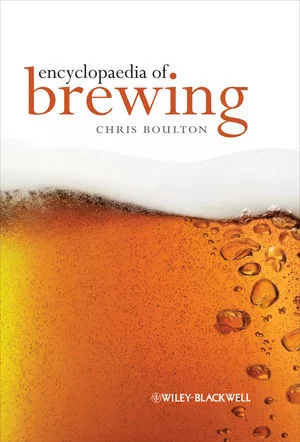Between Drinks
Research shows males age 60 and older more involved with wine
Younger generation increasingly interested in no, low alcohol consumption

Image courtesy of Getty Images
Although experts often note the importance of drinking in moderation, drinking wine, especially red wine, in limited amounts has long been thought to be heart-healthy. Even the Mayo Clinic, in its article, “Red wine and resveratrol: Good for your heart?,” notes that “antioxidants in red wine called polyphenols may help protect the lining of blood vessels in the heart.”
Colangelo & Partners and Wine Opinions recently conducted its second annual wine survey, with this year’s iteration honing in on U.S. wine drinker attitudes and behaviors, as well as trends related to beverage alcohol consumption and health.
The study, conducted in December 2023 from the Colangelo & Partners and Wine Opinions consumer databases, surveyed 2,013 U.S. adults who drink wine on average two to three times a month or more often.
Among the participants, 762 respondents were in the age range of 21 to 39 years old, 631 in the age range of 40 to 59 years of age, and 620 of the age 60 and older.
Respondents in the 21 to 39 age group skewed somewhat to males, while those in the age range of 40 to 59 skewed somewhat to females, according to the Colangelo & Partners and Wine Opinions report.
Additionally, there was a significant male skew of the age 60 and older segment, consistent with past research that has pointed to the higher degree of “involvement” with wine of males in that age segment, it notes.
The report also aimed to project likely wine consumer responses to the potential “2 drinks per week” dietary guideline for U.S. adults, and determine the level of participation in Dry January and/or Sober October.
“There are several challenges for the wine industry heading into 2024,” said Gino Colangelo, president of Colangelo & Partners, in a statement. “Personally, I think the biggest threat is the growing neo-prohibitionist movement and its potential to affect the USDA Dietary Guidelines for adult consumption of beverage alcohol, which are due to be reviewed in 2025.
“Related consumption trends such as Dry January and Sober October also impact consumer behavior,” Colangelo continues. “The research with Wine Opinions provides our clients and the wine industry with data-driven insights that will help adapt business strategies during this pivotal time.”
Noting that the younger generation is more likely to adhere to reduced alcohol consumption guidelines, John Gillespie, founder and CEO of Wine Opinions, added: “The study findings on this topic were quite noteworthy, with younger respondents indicating they considered health risks to be possible at very low levels of consumption.
“In the 21-39 age segment, 58% of respondents viewed two glasses daily or less as a potential health risk,” Gillespie continues. “Additionally, one in four respondents — mostly those in ages 21-39 and occasional wine drinkers — indicated that a health concern over their wine consumption level would begin at one glass of wine daily, or less.”
Among the more positive findings of the study were respondent’s opinions on the benefits of wine.
Just less than half of survey respondents strongly viewed wine as an enhancement to social situations or gatherings, while one-third strongly agreed that wine can be part of a healthy diet, according to the report.
Further, on the topic of wine as part of everyday life, culture and traditions, two-thirds of the sample expressed agreement that wine and food complement each other, and half indicated that wine has historically been a part of nearly every culture, the report notes.
When it comes to participation in sober holidays, such as Dry January and Sober October, the report further notes that interest among U.S. beverage alcohol drinkers has increased.
To determine how the trend is affecting the U.S. wine consumers, the survey polled respondents on their participation in the events in 2023, and intentions to participate in 2024.
The reported participation in Dry January or Sober October in 2023 was highest among respondents in the 21-39 age segment, with over half of the cohort reporting participation by cutting back their wine consumption in those months or abstaining from wine altogether. Nearly two-thirds of the same age group indicated they intend to participate in one or both of these events in 2024, the report notes.
Meanwhile, as the wine industry combats negative messaging on the topic of wine consumption and health, a measure of the study was that of wine consumers’ participation in other “health risk” behaviors. To gather this data, the survey asked respondents to check from a list of health risk activities or behaviors they engaged in at least occasionally.
The results showed survey respondents checking a wide range of risk behaviors. Nearly half of respondents indicated they at least occasionally “eat at fast-food outlets,’” and one-third at least occasionally engage in summertime activities without using sunscreen, or ride their bicycles on city streets, according to the report.
“The assertion that there is no safe level of alcohol consumption doesn’t take into account that adult Americans make educated risk-reward decisions every day, wine consumption included,” Colangelo noted. “These research findings demonstrate how U.S. wine consumers are self-aware and knowledgeable, possessing the ability to make choices that they believe will lead to a balanced and fulfilling life.”
Looking for a reprint of this article?
From high-res PDFs to custom plaques, order your copy today!







